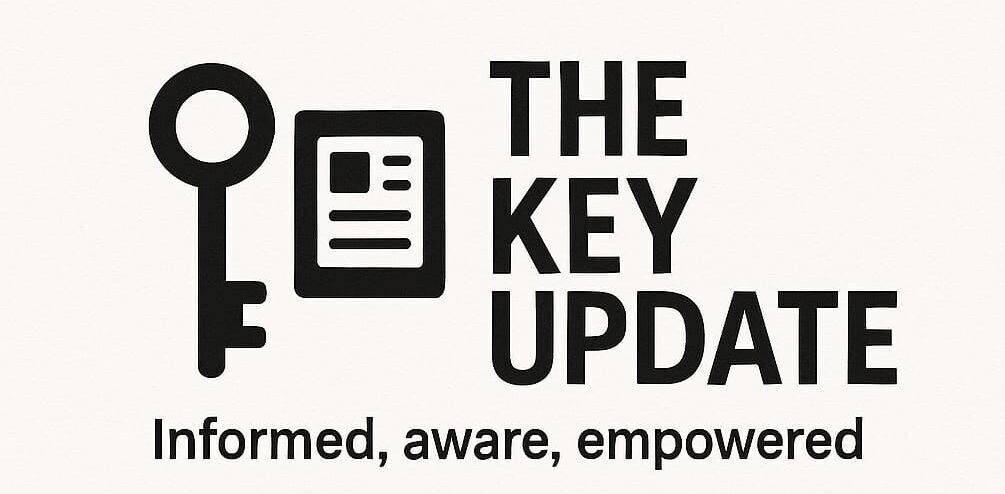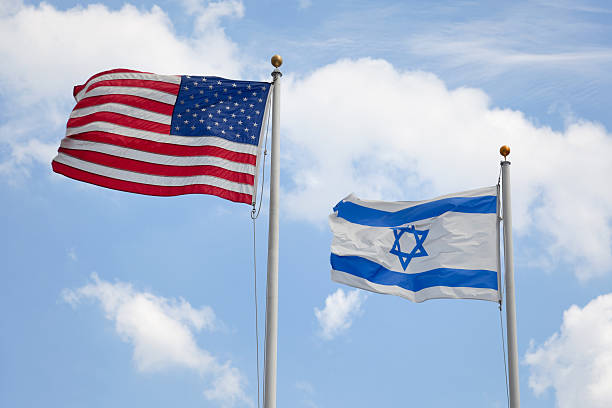The Eagle’s Shadow Over the Middle East
In 2025, tension, diplomacy, and force projection have all returned to the Persian Gulf. The United States is doing more than merely observing; it is mobilizing in response to Iran’s escalating rhetoric and Israel’s new threats. Today, Iran is surrounded by numerous aircraft carriers, cutting-edge fighter fighters, and strategic missile systems positioned in almost every direction. One thing is certain, despite the absence of a formal conflict : Iran is surrounded by an American military ring that extends from sea to sky.

Peacekeeping or Pressure?
Although military analysts argue otherwise, U.S. authorities portray these deployments as a component of a broader Middle East peace-keeping and counter-terrorism policy. American troops and warships are positioned too precisely to be a coincidence. In order to keep Tehran in check, the United States maintains comprehensive surveillance, airstrike capabilities, and quick-response options against Iran, from Bahrain’s Fifth Fleet to Al Udeid Air Base in Qatar
In addition to guaranteeing freedom of navigation in oil-critical waterways, this encirclement protects regional allies like Saudi Arabia, the United Arab Emirates, and Israel. However, some contend that such actions merely serve to heighten tensions and drive the area closer to conflict.
U.S. Military Assets Around Iran
The following list shows just how strategically Iran is surrounded:
🔹 West (Iraq, Syria, Israel)
- Ain al-Asad Airbase (Iraq) – Drones & missile defense
- U.S.-Israel Coordination – THAAD, Iron Dome, and joint drills
- Jordan – Forward staging & air surveillance
🔹 Southwest (Persian Gulf Region)
- Fifth Fleet HQ (Bahrain) – Aircraft carriers, destroyers
- UAE (Al Dhafra Air Base) – F-35 fighters, refueling tankers
- Qatar (Al Udeid Air Base) – B‑52 bombers, command HQ
🔹 Southeast (Oman & Indian Ocean)
- Diego Garcia (UK/U.S. base) – B‑2 bombers, naval backup
- U.S. maritime access in Oman – Port facilities & intel sharing.
🔹 East (Pakistan & Afghanistan legacy assets)
Even after the withdrawal of American forces from Afghanistan, cyber intelligence connections and drone corridors continue to function through Pakistan and Central Asia.

Warships & Aircraft in the Region
In accordance with open-source information and Naval Tracker reports:
Three aircraft carriers are in operation close to the Gulf Coast: the USS Dwight D. Eisenhower, the USS Theodore Roosevelt, and the USS George H.W. Bush.
Around 70 fighter planes (F/A-18, F-35, F-22, and B-1B) are spread across regional sites.
The Red Sea, Arabian Sea, and Gulf of Oman are actively patrolled by more than 20 vessels and destroyers.
Drones used for surveillance are always in operation to keep an eye on Iranian naval ports and missile locations.
Should a confrontation worsen, this amount of firepower could destroy Iranian objectives in a matter of minutes.
Conclusion:
The United States has a strong presence in the Middle East. U.S. forces have built a deterrence wall from all the borders around Iran. The fact is that any significant action by Iran is likely to be met with a rapid and devastating military reaction, whether some refer to it as peacekeeping or regard it as provocation.
As the world observes the changing relationship between Israel, Iran, and the West, the United States seems to be gaining more control. Whether this is an indication of power projection, preparation, or protection, Iran is undoubtedly feeling the heat.
FAQ (Frequently Asked Questions)
🔸 Q1. What is the United States doing about Iran?
A: The United States seeks to safeguard allies like Israel, prevent Iranian aggression, maintain military pressure on Tehran’s nuclear aspirations, and guarantee freedom of navigation along oil routes.
🔸 Q2. What many of American bases are close to Iran?
A: The United States maintains military installations in at least seven nations close to Iran, including Jordan, Israel, Oman, Qatar, Bahrain, and Iraq.
🔸 Q3. Will there be a conflict with Iran in 2025?
A: Tensions are high, but an open conflict is not imminent. Although both countries are displaying strength, they have so far refrained from engaging in direct combat.
🔸 Q4. How is Iran reacting to this accumulation?
A: Iran claims that the U.S. presence violates regional sovereignty and has escalated missile launches, military exercises, and cyber-operations.


1 thought on “Surrounded: How the U.S. Has Iran Trapped From All Sides”